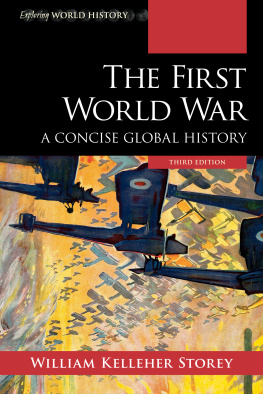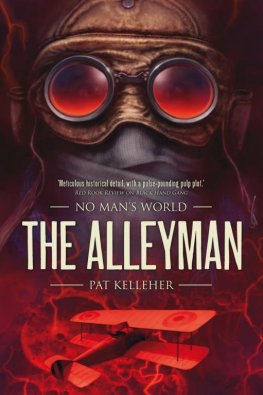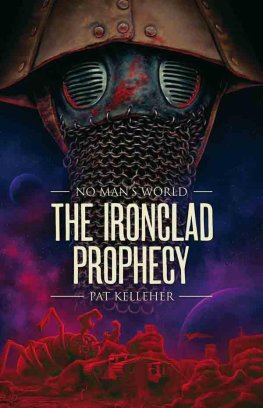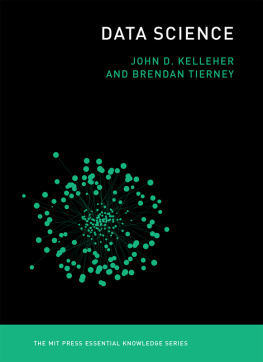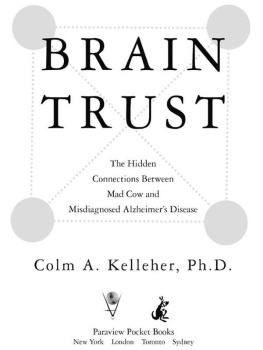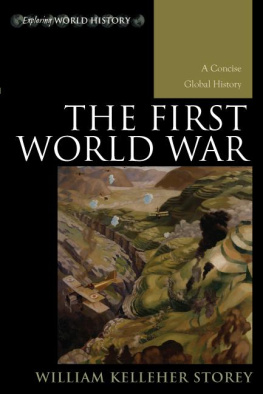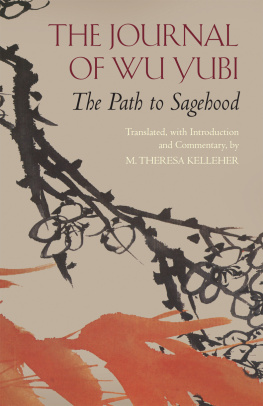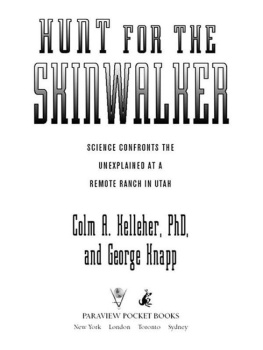Storey William Kelleher - The First World War
Here you can read online Storey William Kelleher - The First World War full text of the book (entire story) in english for free. Download pdf and epub, get meaning, cover and reviews about this ebook. year: 2012, publisher: Rowman & Littlefield Publishers, genre: History. Description of the work, (preface) as well as reviews are available. Best literature library LitArk.com created for fans of good reading and offers a wide selection of genres:
Romance novel
Science fiction
Adventure
Detective
Science
History
Home and family
Prose
Art
Politics
Computer
Non-fiction
Religion
Business
Children
Humor
Choose a favorite category and find really read worthwhile books. Enjoy immersion in the world of imagination, feel the emotions of the characters or learn something new for yourself, make an fascinating discovery.
- Book:The First World War
- Author:
- Publisher:Rowman & Littlefield Publishers
- Genre:
- Year:2012
- Rating:5 / 5
- Favourites:Add to favourites
- Your mark:
- 100
- 1
- 2
- 3
- 4
- 5
The First World War: summary, description and annotation
We offer to read an annotation, description, summary or preface (depends on what the author of the book "The First World War" wrote himself). If you haven't found the necessary information about the book — write in the comments, we will try to find it.
The First World War — read online for free the complete book (whole text) full work
Below is the text of the book, divided by pages. System saving the place of the last page read, allows you to conveniently read the book "The First World War" online for free, without having to search again every time where you left off. Put a bookmark, and you can go to the page where you finished reading at any time.
Font size:
Interval:
Bookmark:
The First World War
The First World War
A Concise Global History
Third Edition
William Kelleher Storey
ROWMAN & LITTLEFIELD
Lanham Boulder New York London
Published by Rowman & Littlefield
A wholly owned subsidiary of The Rowman & Littlefield Publishing Group, Inc.
4501 Forbes Boulevard, Suite 200, Lanham, Maryland 20706
www.rowman.com
6 Tinworth Street, London SE11 5AL, United Kingdom
Copyright 2021 by The Rowman & Littlefield Publishing Group, Inc.
All rights reserved. No part of this book may be reproduced in any form or by any electronic or mechanical means, including information storage and retrieval systems, without written permission from the publisher, except by a reviewer who may quote passages in a review.
British Library Cataloguing in Publication Information Available
Library of Congress Control Number: 2020946244
ISBN 978-1-5381-3131-2 (cloth : alk. paper)
ISBN 978-1-5381-3132-9 (pbk. : alk. paper)
ISBN 978-1-5381-3133-6 (electronic)
 TM The paper used in this publication meets the minimum requirements of American National Standard for Information Sciences Permanence of Paper for Printed Library Materials, ANSI/NISO Z39.48-1992.
TM The paper used in this publication meets the minimum requirements of American National Standard for Information Sciences Permanence of Paper for Printed Library Materials, ANSI/NISO Z39.48-1992.
For Robin W. Kilson (19532009), humanista semper oppugnans bella imperiaque
Qua tibi lucem arte morer? Virgil, Aeneid, XII.8734

This book has two purposes. The first is to provide a concise narrative history of the First World War for college students and general readers. The second is to present a global history of the war that highlights environmental and technological factors. Taking the environment and technology into account enriches our understanding of the social and political history of the war.
Many people have contributed to my understanding of the First World War. I began to study the war when I was an undergraduate at Harvard, where my tutors, Robin Kilson and Charles Maier, inspired me with their teaching and their writing. In graduate school at Johns Hopkins, my adviser, Philip Curtin, taught me what it meant to write and teach about global environmental history in ways that are socially and politically relevant. My postdoc adviser at Cornell, Sheila Jasanoff, helped me to understand the ways in which histories of technology and the environment could address fundamental questions about power.
My students at Millsaps College prodded me to write this book. In 2003 several students asked me to take a break from teaching my usual classes about world history to teach classes about the world wars. The wars, they claimed, were highly relevant to the current conflicts in the Middle East. I agreed with them, yet I found that the available survey books about the warwhich I likedtried their patience. For that reason, I have made this book as short as a survey of the war can be. I am particularly grateful to one student, MacDougall Womack, for persistent comments and questions. I also received excellent comments and questions from the audience members who heard me give presentations about the First World War at the annual meetings of the American Historical Association and the American Society for Environmental History. I also gave several presentations about the war at Millsaps College, where colleagues and guests helped me to see my work in an interdisciplinary context. I am also grateful to my dean, Richard Smith, for supporting this project with a development grant and a sabbatical leave, and to Tom Henderson, the college librarian, for providing office space while I was writing. My greatest supporter has been my wife, Joanna Miller Storey, whose love and thoughtfulness stand in contrast to much that is described in this book.
After teaching with my own book for several years, it became clear that the approach of the wars centennial was inspiring a great deal more scholarship that needed to be taken into account in the second edition. The revision of the text benefited from the comments of a new set of anonymous reviewers. The most important revision has been to reorganize the book into more concise, thematic chapters. The second edition also adds more maps, to help students understand better the geography of the war. Once again, the book received support from Millsaps College. Students made many suggestions and a new dean, Keith Dunn, helped with development and sabbatical funds. My wife, Joanna, provided special support for this edition, especially by helping me to show our children the Western Front battlefields for the first time. One can only hope that their generation will not have to learn about the costs of war firsthand.
In 2015, I attended the annual meeting of the American Historical Association. A highlight of the meeting is to visit the hall where publishers display their new books. The hall is usually crowded with historians browsing for books, chatting with editors, and mingling with old friends. As I was visiting Rowman & Littlefields display, standing next to the second edition of this book, an old friend from graduate school wandered over and said hello. Congratulations on the book, Bill, he said, but I didnt realize you were a historian of the First World War. I thought you were a historian of imperialism. Yes, I responded, but you know, there was just a little imperialism involved in the First World War.
There is still much to be learned about the First World War. Nothing has driven that lesson home better than the quantity of books published about the First World War between 2014 and 2019. This third edition tries to take them into account. One trend in new books is observable. Previously, many books were published about rivalries between the European powers, the western front, and the participation of the United States. There are now many new publications about the war in eastern and southern Europe, as well as Africa and Asia. More has been written about the environmental effects of the war, a key theme of this book. This includes the effects of the 19181919 influenza pandemic, which has been discussed widely in the midst of the 2020 COVID-19 pandemic. The third edition of this book has expanded coverage of all these topics, while keeping to the books original promise of being a concise history. The book has been supported once again by students, colleagues, and family members.
The First World War was a social and political cataclysm. Nine million soldiers died and millions more suffered mental and physical injuries. Wartime conditions exacerbated the 19181919 influenza pandemic, which resulted in an estimated fifty million deaths worldwide. The war cost billions of dollars, not only in military expenses but also in damage to property. The war emboldened democrats and feminists as well as nationalists, communists, and fascists. During the war, four major empires collapsed. Afterward, the peace settlements changed boundaries around the world. All these things were highly significant for world history. But the thing that most fascinates readers about the First World War is that it seems, in hindsight, to have been avoidable. The war originated in a small conflict in eastern Europe that snowballed into a much larger conflict. This happened because of disagreements between two groups of allied countries that were committed to rigid military plans. At the outset they took steps that were too aggressive, since none of the participants predicted the wars awfulness.
Next pageFont size:
Interval:
Bookmark:
Similar books «The First World War»
Look at similar books to The First World War. We have selected literature similar in name and meaning in the hope of providing readers with more options to find new, interesting, not yet read works.
Discussion, reviews of the book The First World War and just readers' own opinions. Leave your comments, write what you think about the work, its meaning or the main characters. Specify what exactly you liked and what you didn't like, and why you think so.

